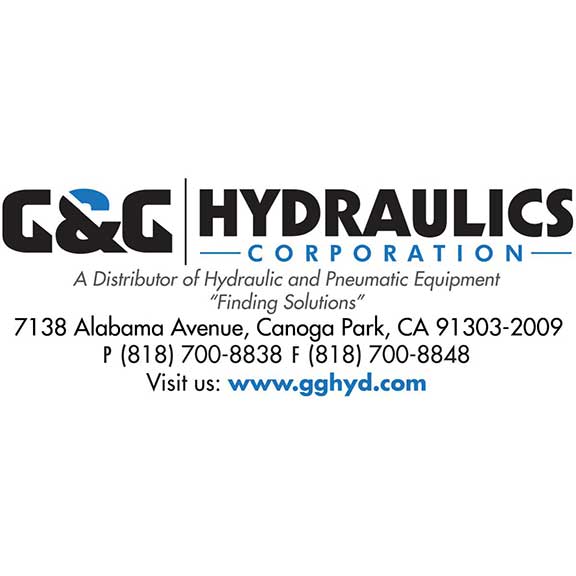Quick Disconnects
Quick Disconnects
Hydraulic quick disconnects provide easy and fast connection and disconnection of hydraulic fluid lines. When you have hydraulic systems with lubricator oil leaks or a lubricator apparatus that needs an oil refill, these quick disconnects come in handy by minimizing downtime and ensuring maximum efficiency in operations. Find the right replacement quick disconnect hydraulic fittings from leading brands like CEJN and Coilhose.
10-410-1005
"DISCONTINUED" 10-410-1005 CEJN Quick Disconnect Coupling, 1/2" Hose Barb Connection, 232 PSI (16 bar)
10-410-1455
"DISCONTINUED" 10-410-1455 CEJN Quick Disconnect Coupling, 1/2" Male NPT Connection, 232 PSI (16 bar)
09-065-1050
CEJN Dust Cap For Nipples
$8.91 $10.48- $32.10 $37.76
09-165-1050
CEJN X-Series Accessories For Nipples Connection
09-265-1000
CEJN Dust Cap For Couplings
$3.22 $3.7909-265-1050
CEJN Dust Cap For Nipples
$3.22 $3.7909-365-1000
CEJN Dust Cap For Couplings
$3.61 $4.2509-365-1050
CEJN Dust Cap For Nipples
$3.61 $4.2509-565-1000
CEJN Dust Cap For Couplings
$3.82 $4.4909-565-1050
CEJN Dust Cap For Nipples
$3.82 $4.4909-665-1000
CEJN Dust Cap For Couplings
$4.27 $5.0209-665-1050
CEJN Dust Cap For Nipples
$4.27 $5.0209-765-1000
CEJN Dust Cap For Couplings
$4.48 $5.2709-765-1050
CEJN Dust Cap For Nipples
$4.48 $5.2709-932-1003
CEJN Multi-X Dust Caps For Female Plate Multi-X Quattro 10/12.5 Multi-X Quattro 12.5 Connection
09-932-1005
CEJN Multi-X Dust Caps For Female Plate Multi-X Quattro 12.5/19 Multi-X Duo 19 Connection
09-932-1010
CEJN Multi-X Dust Caps For Female Plate With Electric Connector Multi-X Duo 10 Connection
09-932-1011
CEJN Multi-X Dust Caps For Female Plate With Electric Connector Multi-X Quattro 10 Connection
09-932-1012
CEJN Multi-X Dust Caps For Female Plate With Electric Connector Multi-X Duo 12.5 Connection
09-932-1013
CEJN Multi-X Dust Caps For Female Plate With Electric Connector Multi-X Quattro 10/12.5 Connection
09-932-1016
CEJN Multi-X Dust Caps For Female Plate With Electric Connector Multi-X Hexa 10 Connection
09-932-1053
CEJN Multi-X Dust Caps For Male Plate Multi-X Quattro 10/12.5 Multi-X Quattro 12.5 Connection
09-932-1061
CEJN Multi-X Dust Caps For Male Plate With Electric Connector Multi-X Quattro 10 Connection
09-932-1062
CEJN Multi-X Dust Caps For Male Plate With Electric Connector Multi-X Duo 12.5 Connection
09-932-1065
CEJN Multi-X Dust Caps For Male Plate With Electric Connector Multi-X Quattro 12.5/19 Connection
09-932-1066
CEJN Multi-X Dust Caps For Male Plate With Electric Connector Multi-X Hexa 10 Connection
|
Improve Overall Equipment Functionality G&G Hydraulics Corporation brings you a full line of genuine heavy-duty quick disconnects designed for a broad range of applications. These fittings are also easy to operate and maintain while still offering unique connection and disconnection options to meet individual application requirements. Shop superior hydraulic quick disconnects to improve your hydraulic equipment’s functionality and increase your processes’ overall efficiency. As a certified seller of quality hydraulic supplies and accessories, you can be sure that our fittings are exceptionally reliable and made of rugged materials that can withstand harsh working conditions and repeated connection cycles. |
Ensure Optimal Efficiency and Safety When it comes to ensuring the safe operation of hydraulic equipment, repairs, and maintenance, using the right fittings should always be a top priority. If you’re looking for new or replacement quick disconnects for your fluid power installations or pneumatic systems, get started with our selection of fittings from industry-leading brands. Quick connects are a great convenience when it comes to testing, inspection, and maintenance operations. At G&G Hydraulics Corporation, we only bring you the highest quality products so that your equipment can operate with optimum efficiency with safety in mind. |
Order Online Now
Looking for genuine hydraulic quick disconnects for your wide range of manufacturing, construction, or industrial applications? Find a wide range of fittings at our online store. If you need any help selecting the right fitting, use our live chat feature to speak to an expert. Order your quick disconnects online to get our risk-free guarantee or contact us today.




















































